Teal is a rich, greenish-blue tertiary color that combines the calming qualities of blue with the renewal aspects of green. Orange, a warm secondary hue born from blending red’s energy with yellow’s cheer, evokes enthusiasm, warmth, and sociability. On the color wheel, teal and orange sit opposite one another, forming a complementary pairing that maximizes contrast while maintaining harmony. This vibrant duo injects spaces with dynamic energy: teal brings depth and serenity, while orange adds warmth and vitality. By thoughtfully selecting shades, balancing proportions, and layering textures, you can craft rooms that feel both stimulating and inviting.
1. Understanding Teal
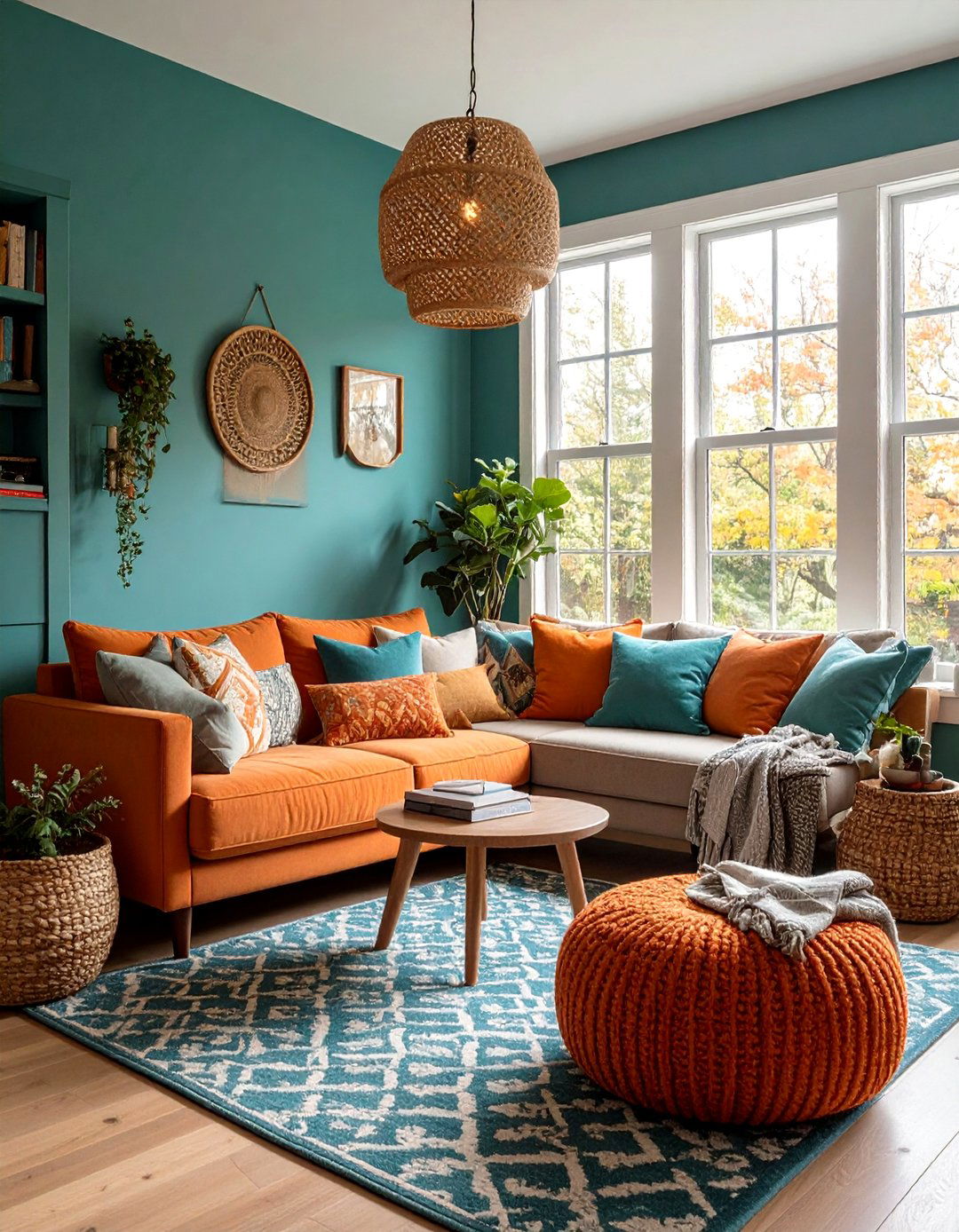
Teal is defined as a moderate bluish-green, created by reducing the brightness of cyan to about half in the RGB model. Its name derives from the Eurasian teal duck, noted for the striking stripe of this hue on its head. As a tertiary color, teal bridges the gap between cool and neutral palettes, offering versatility in both modern and traditional interiors. Its depth adds sophistication, and it can be lightened with white or darkened with gray or black to suit different moods and styles.
2. Understanding Orange
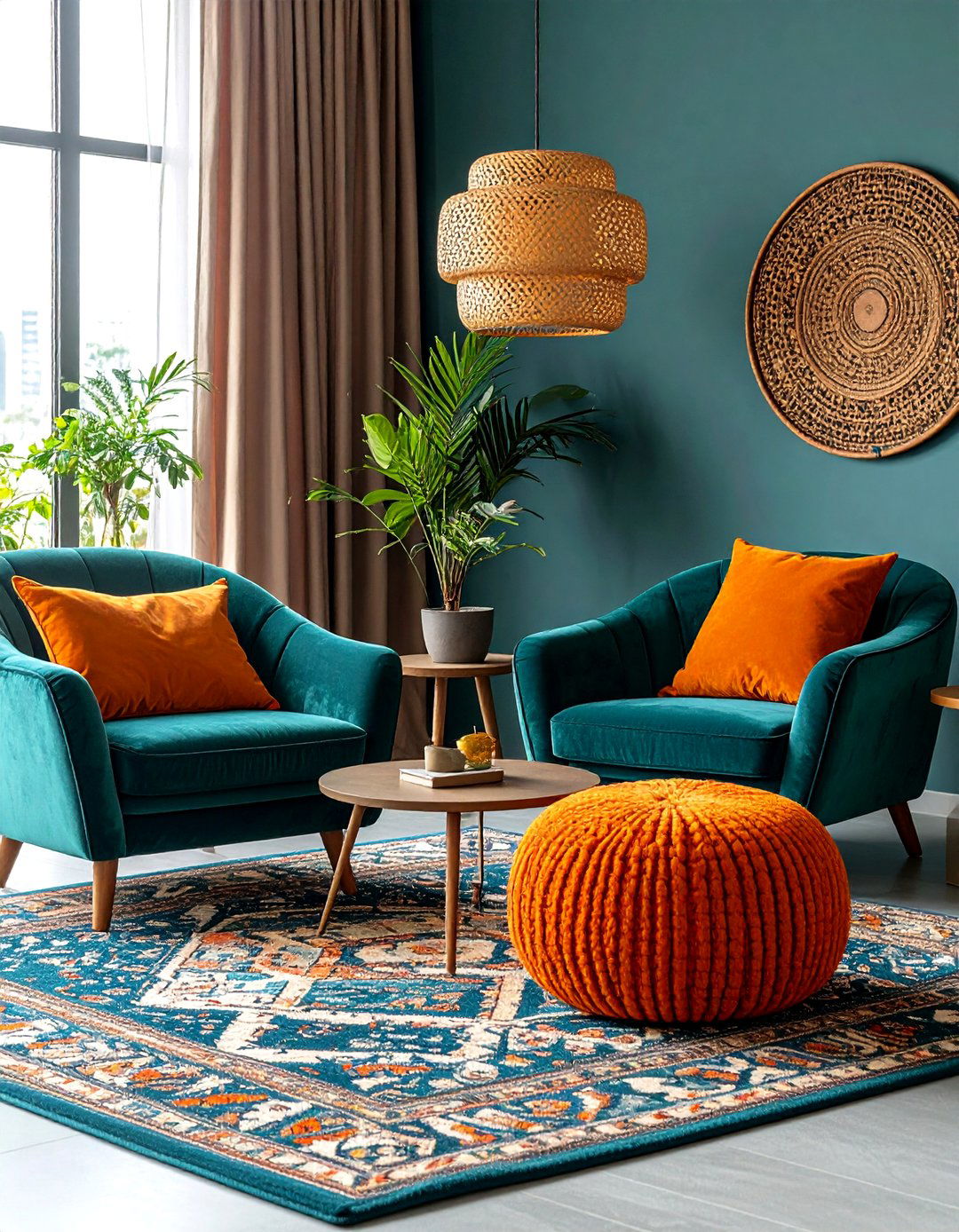
Orange, positioned between red and yellow on the spectrum, symbolizes enthusiasm, creativity, and warmth. It is culturally linked to transformation and autumn, often used to stimulate appetite in dining spaces and foster convivial atmospheres. Vivid oranges can command attention and energize, while softer, muted tints like peach evoke comfort and subtle elegance. This adaptability makes orange a powerful accent that can enliven neutrals or complement bolder palettes.
3. Color Wheel Complementarity

Complementary colors lie opposite each other on the color wheel, and teal (a blue-green) and orange (a red-yellow) share this relationship. Such pairs heighten each hue’s visual impact by maximizing contrast without clashing. When used together, they create vibrant, balanced designs: the cool tranquility of teal contrasts beautifully with the warm energy of orange, guiding the eye and defining focal points.
4. Psychology of Teal
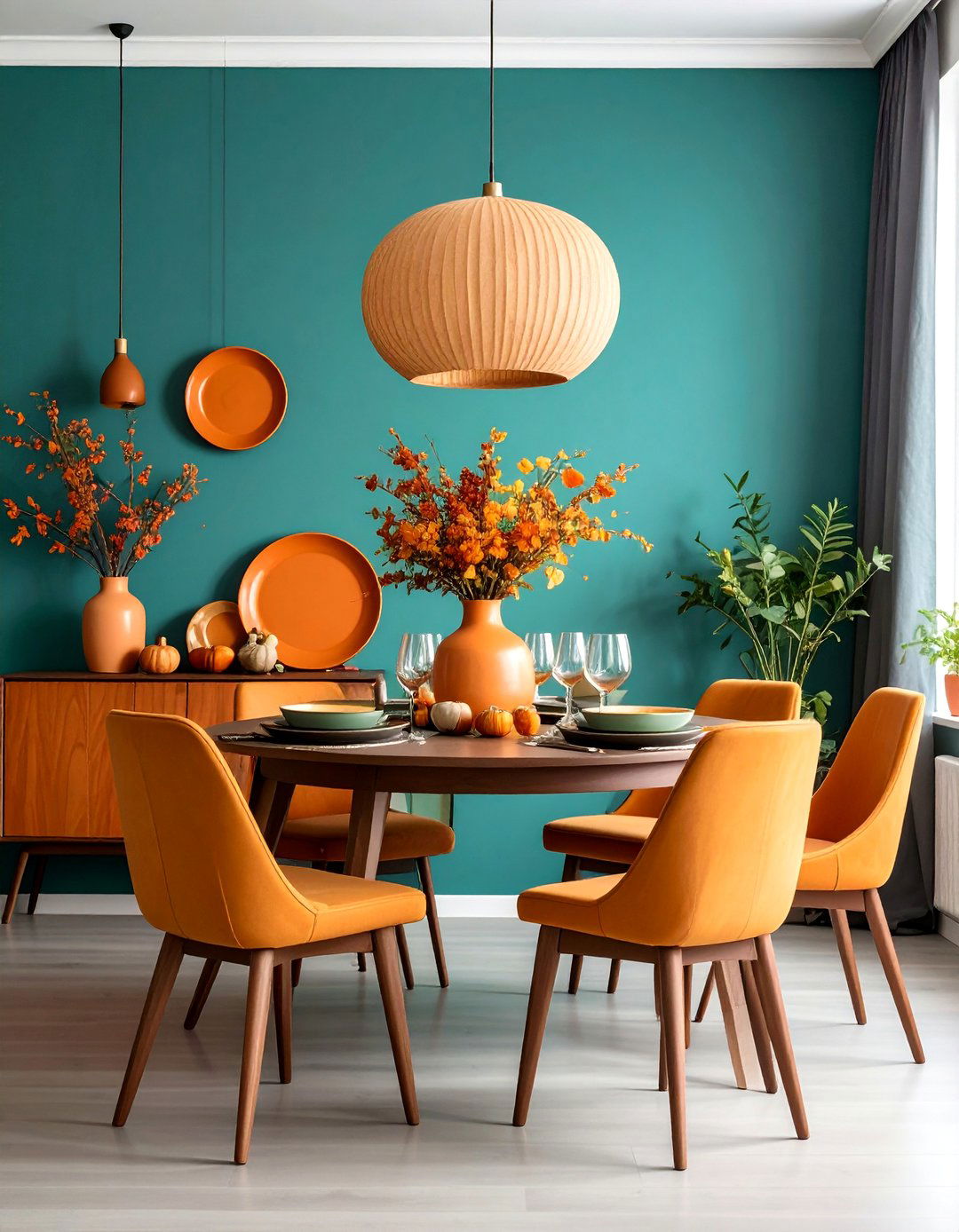
Teal is renowned for its calming and restorative properties, evoking serene waters and lush foliage. This soothing effect makes it ideal for spaces meant for relaxation, such as living rooms and bedrooms. Additionally, teal can stimulate creativity and innovation, lending itself to workspaces and study areas where fresh ideas and focus are desired.
5. Psychology of Orange
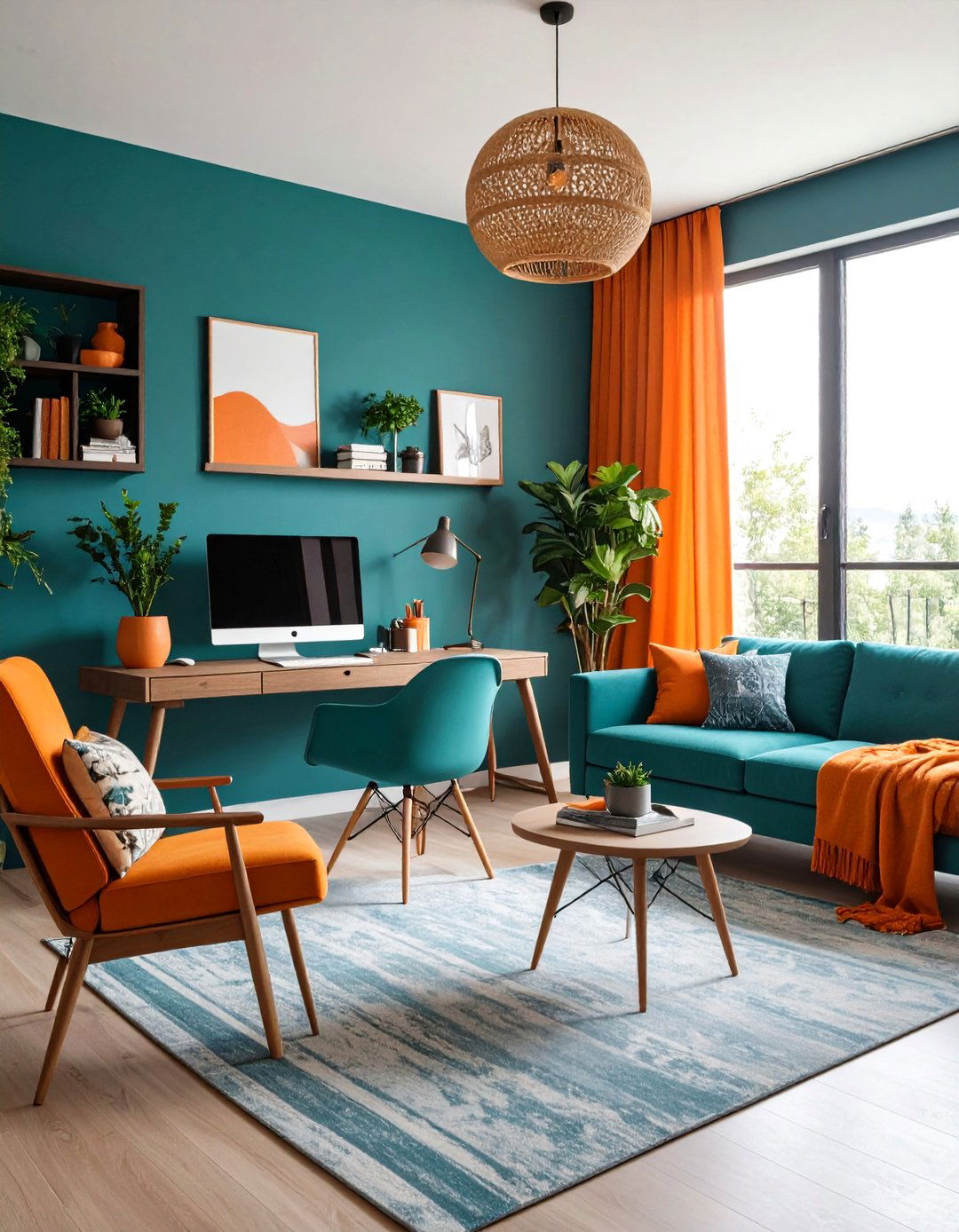
Orange radiates warmth, happiness, and energetic vitality by blending yellow’s cheer with red’s intensity. It encourages social interaction and playfulness, making it a superb choice for communal areas like kitchens and living rooms. Studies also show orange can stimulate appetite, enhancing dining experiences.
6. Selecting the Right Teal Shade
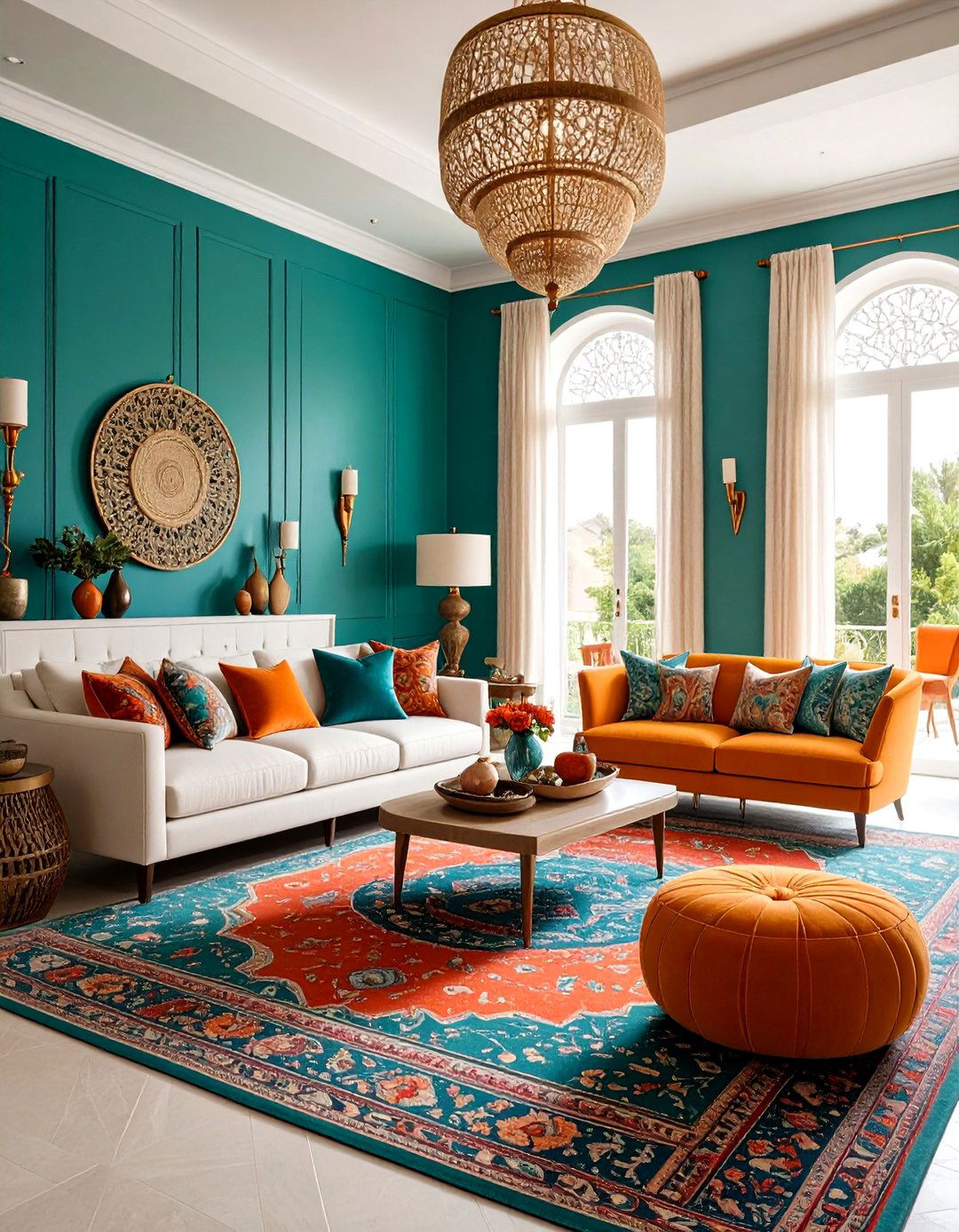
Not all teals are created equal: saturated options like Little Greene’s ‘Canton (94)’ offer jewel-toned drama, while softer teals such as ‘Ambleside (304)’ lean toward gray for a muted, sophisticated feel. For lively, bold statements, choose a rich teal; for calm, understated backgrounds, opt for a greyer, toned-down variant.
7. Selecting the Right Orange Shade
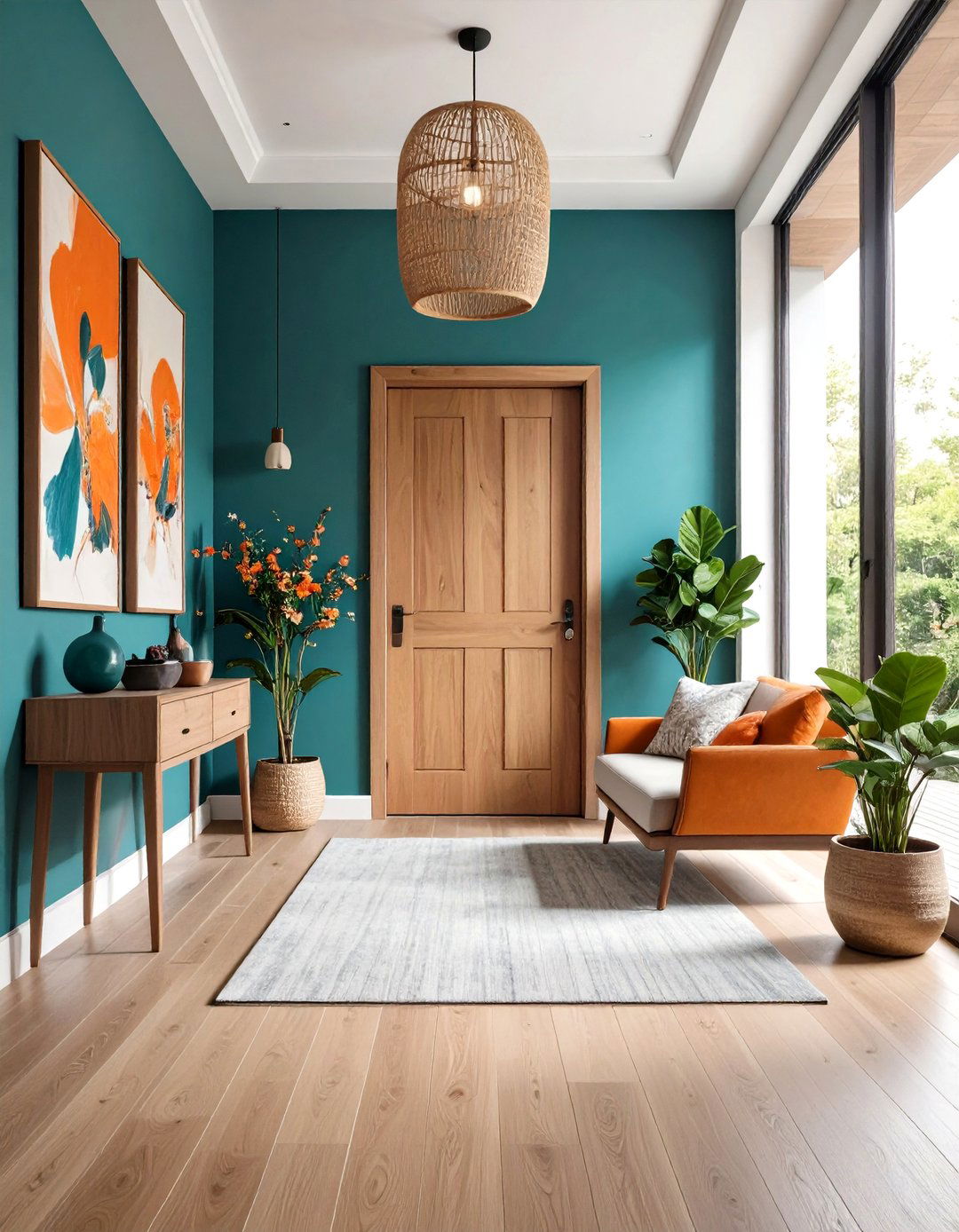
True orange hues evoke playfulness and fun, while burnt or terracotta oranges convey warmth and earthiness. Bright oranges command attention and energize, whereas softer tints like peach or coral provide a gentle, cozy ambiance. Match the shade to the room’s function: go bold for entertainment spaces, subtle for relaxation zones.
8. Using Teal as a Dominant Hue
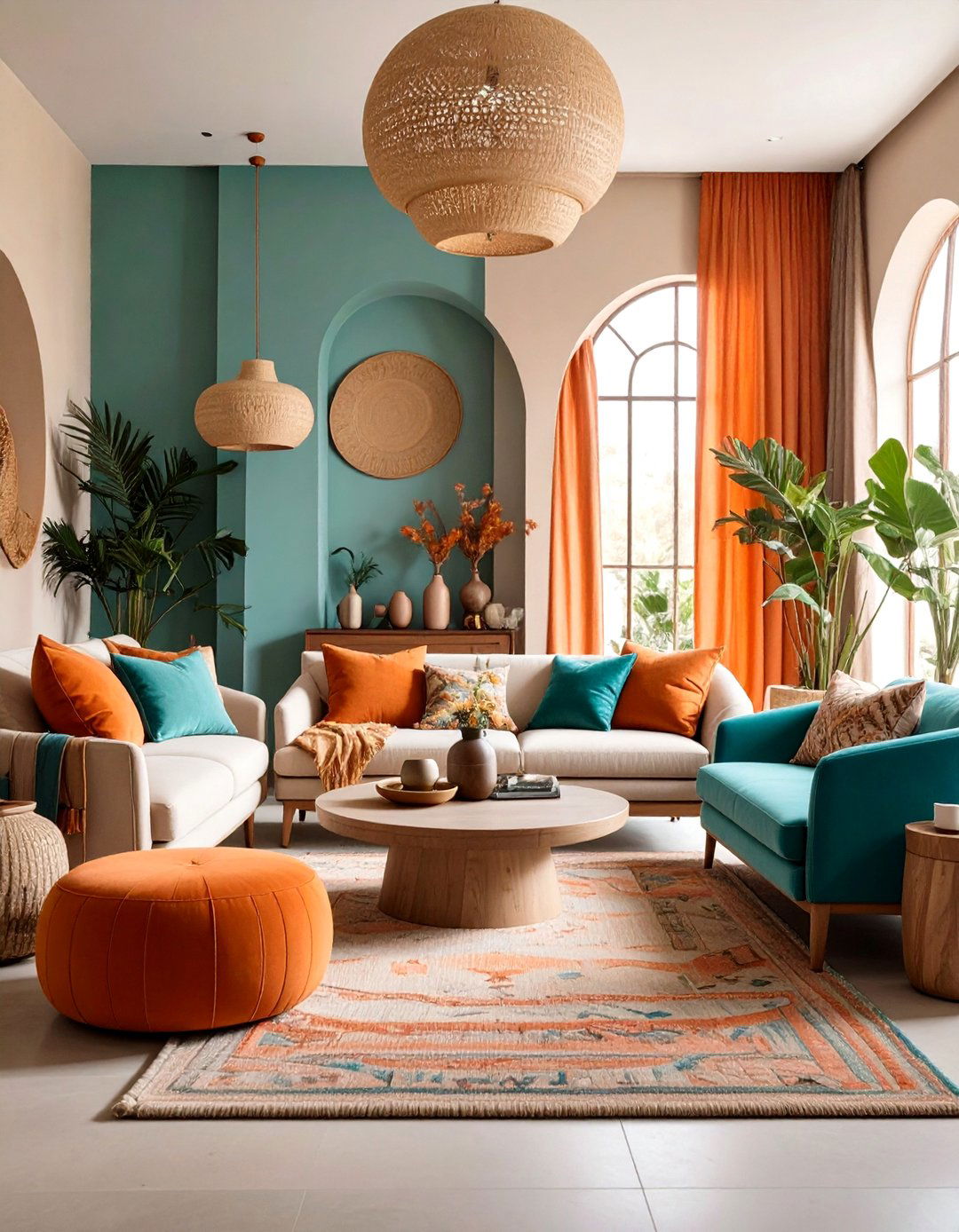
To spotlight teal’s depth, apply it to large surfaces like walls or cabinetry. Teal kitchen cabinets paired with a neutral backdrop create a striking focal point without overwhelming the room. In smaller rooms, a teal feature wall can add intimacy and drama while keeping other walls light for balance.
9. Using Orange as an Accent
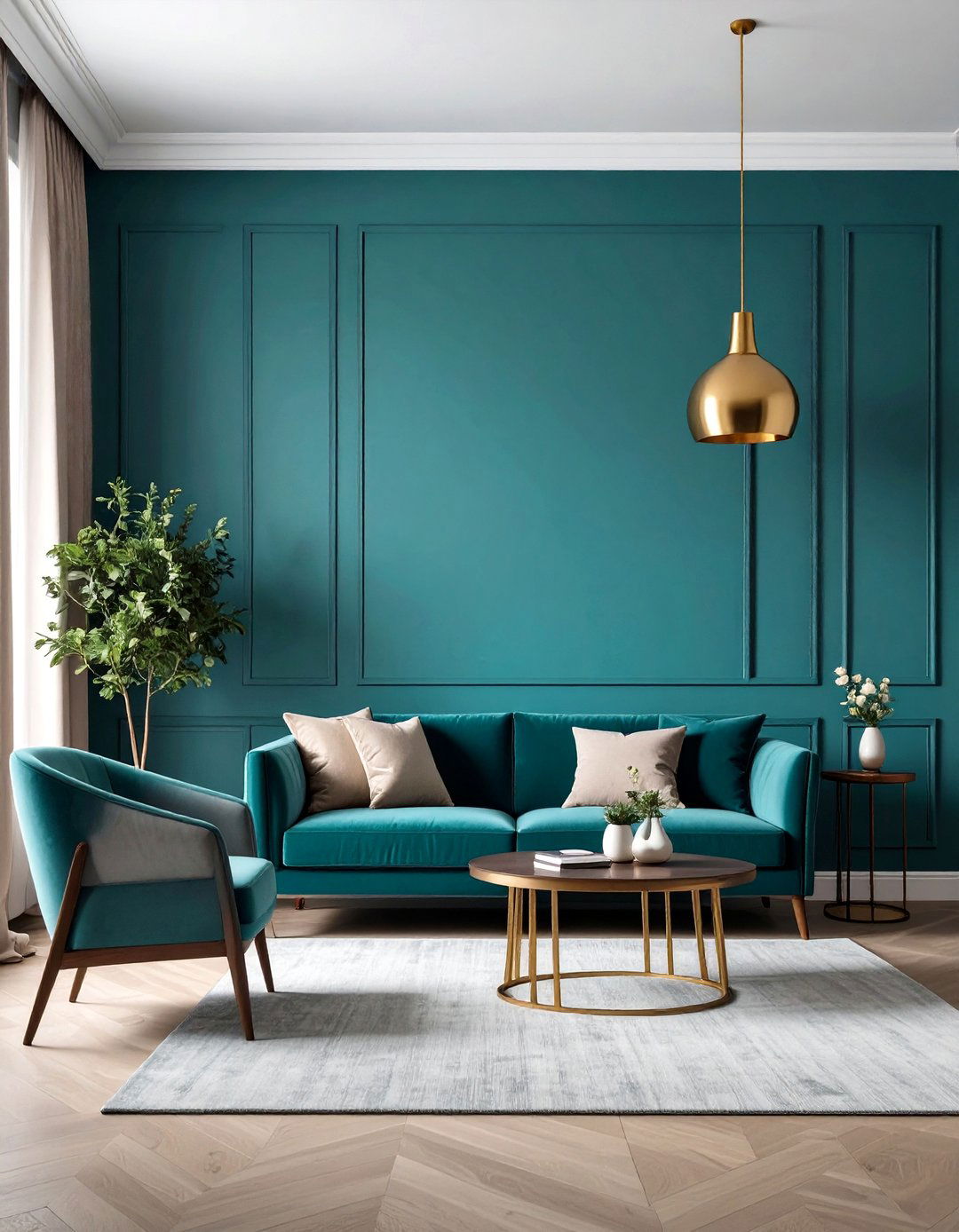
Limit orange to accent pieces—throw pillows, artwork, or décor—to avoid overpowering the space. A few well-placed orange cushions, lamps, or vases against a teal backdrop can add warmth and visual interest without dominating the palette.
10. Balancing with Neutrals
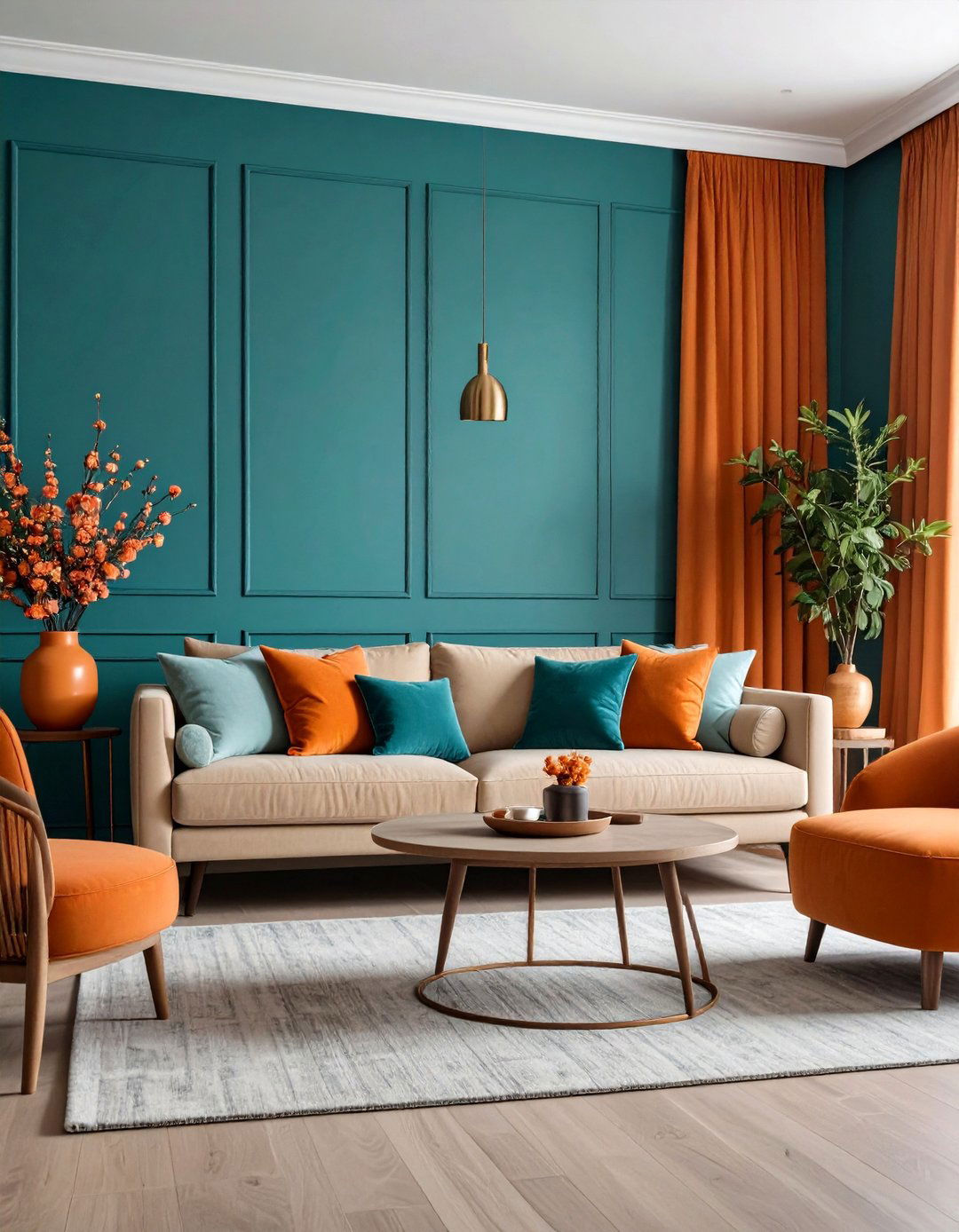
Pair teal and orange with neutrals—beige, gray, or white—to ground the design and offer breathing room. Earth tones, inspired by natural landscapes, integrate seamlessly, providing warmth and stability. Neutrals allow teal’s cool richness and orange’s warmth to shine while maintaining harmony.
11. Incorporating Patterns and Textures
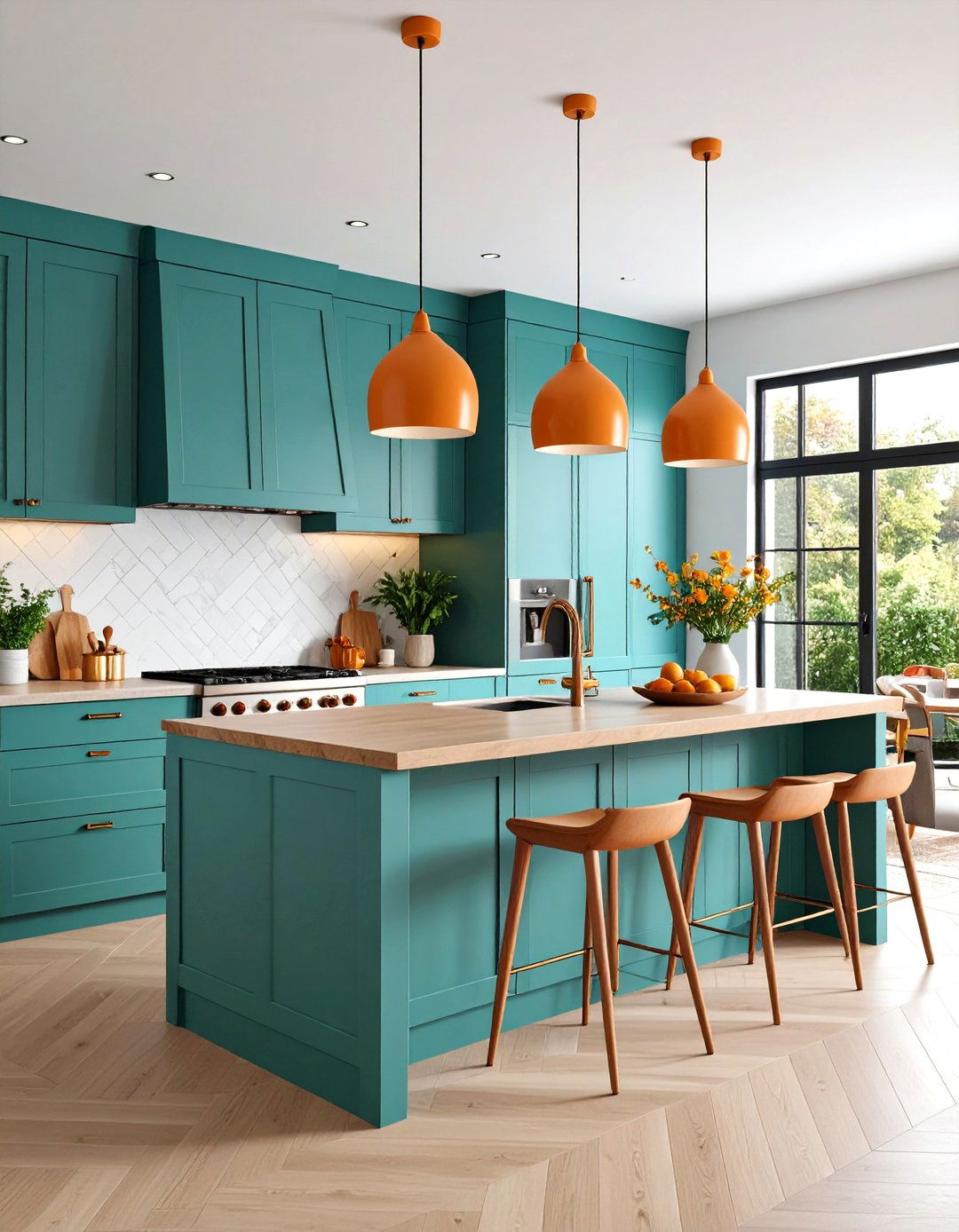
Introduce patterns—geometric, ikat, or floral—in fabrics or wallpaper to layer visual interest. Use textures like velvet teal upholstery or woven orange throws to create tactile depth and luxury.
12. Furniture and Upholstery
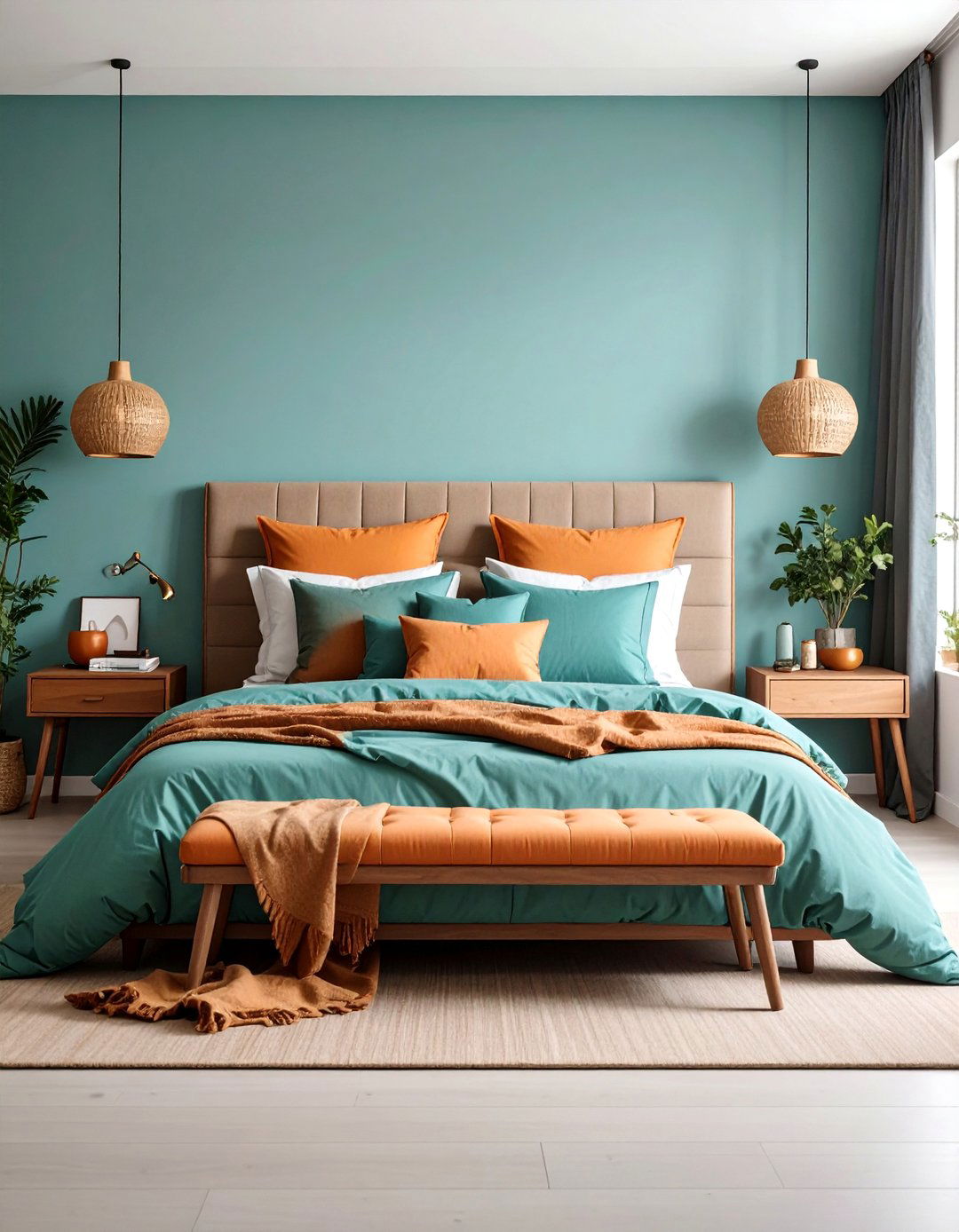
Select statement furniture in teal—velvet sofas or leather chairs—and accent with orange cushions or throws. Conversely, a neutral sofa can be enlivened with a mix of teal and orange pillows, uniting the palette and fostering comfort.
13. Wall Treatments
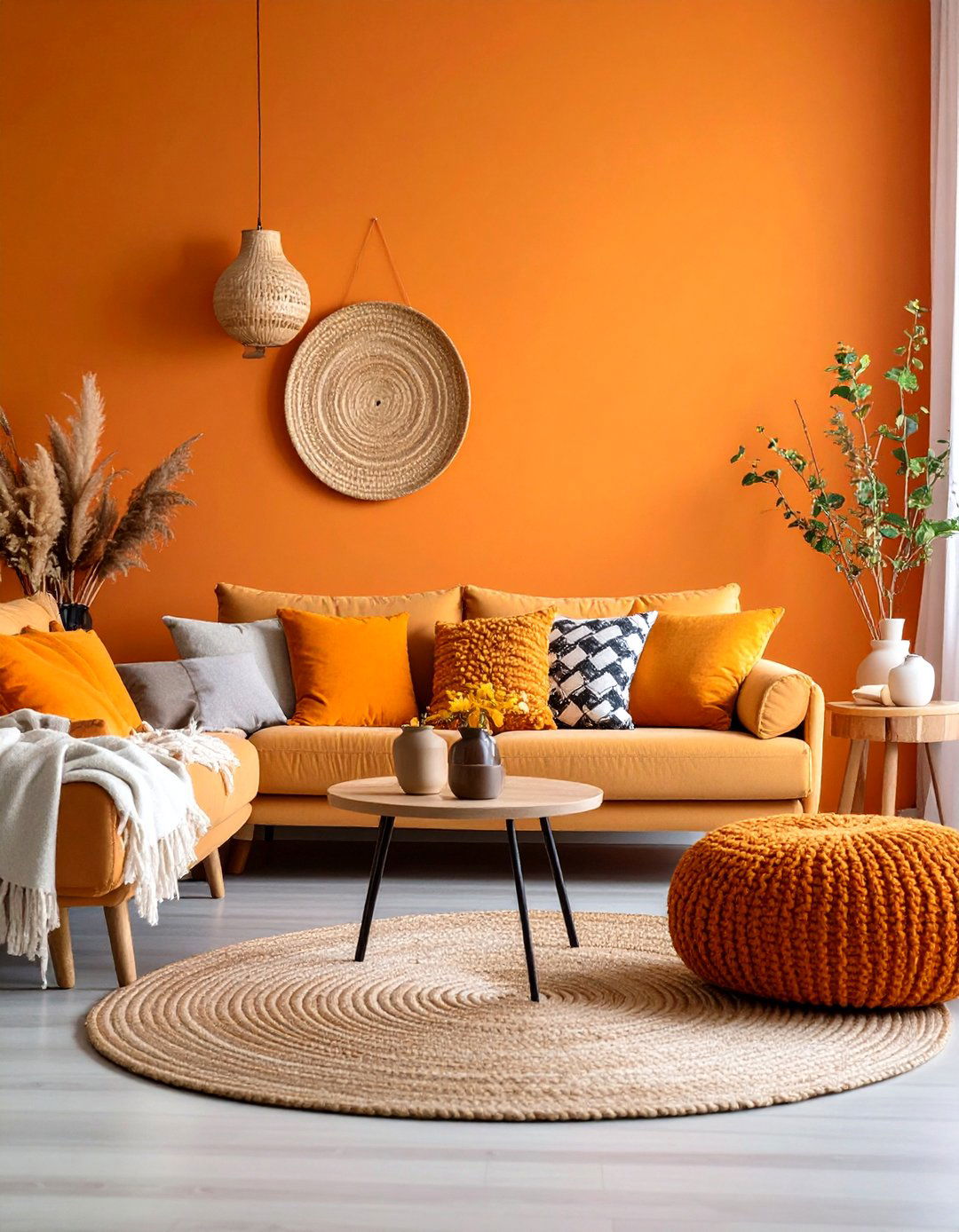
Beyond paint, consider teal and orange wallpaper or stenciled patterns for accent walls. Houzz contributors suggest positioning stripes or color blocks higher on the wall to prevent furniture from covering key design elements.
14. Soft Furnishings and Rugs
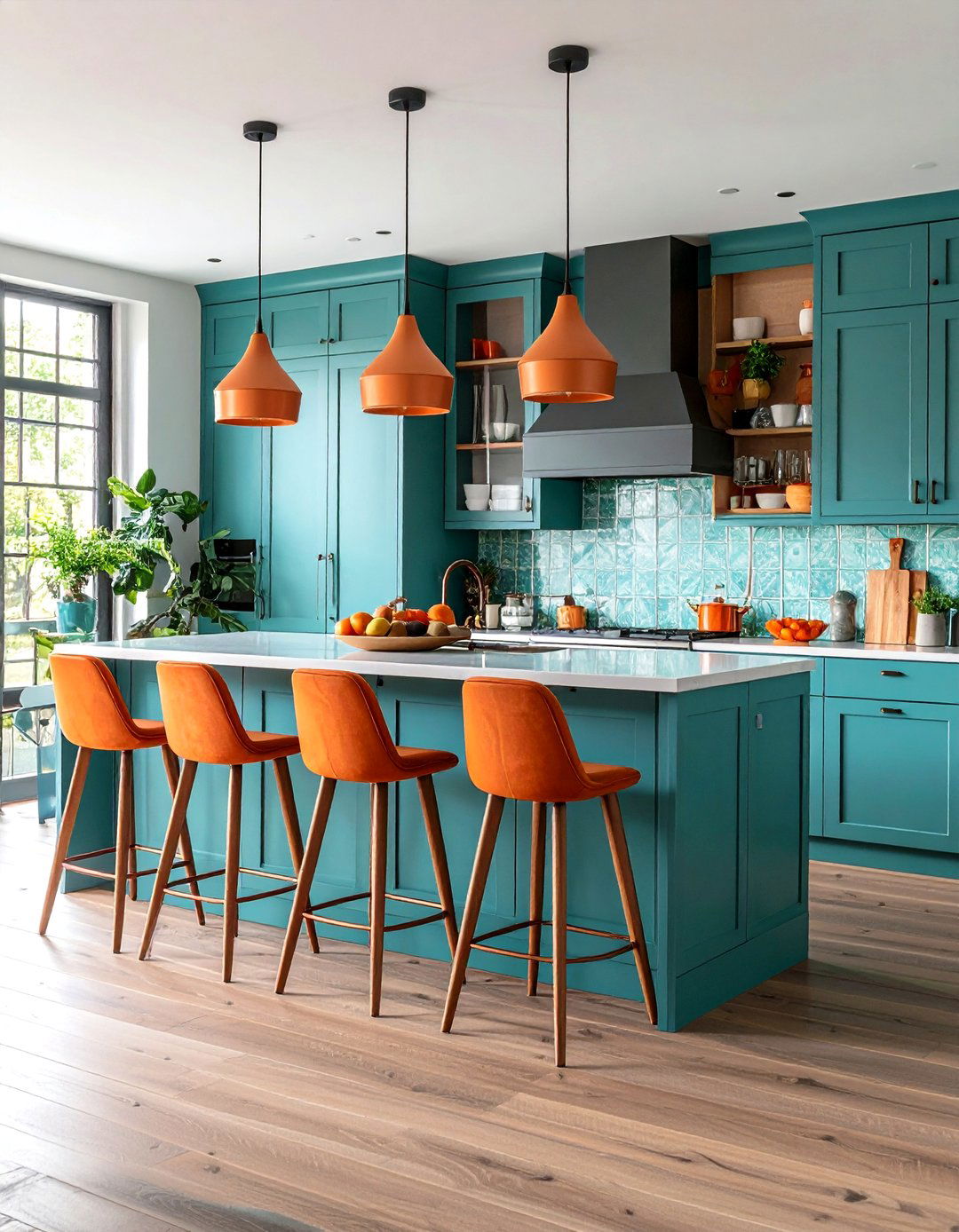
Rugs can tie the palette together: choose a rug with teal base tones and orange motifs to unify flooring and furnishings. Layer drapery, throws, and cushions in varying patterns to soften hard surfaces and add richness.
15. Flooring and Carpets
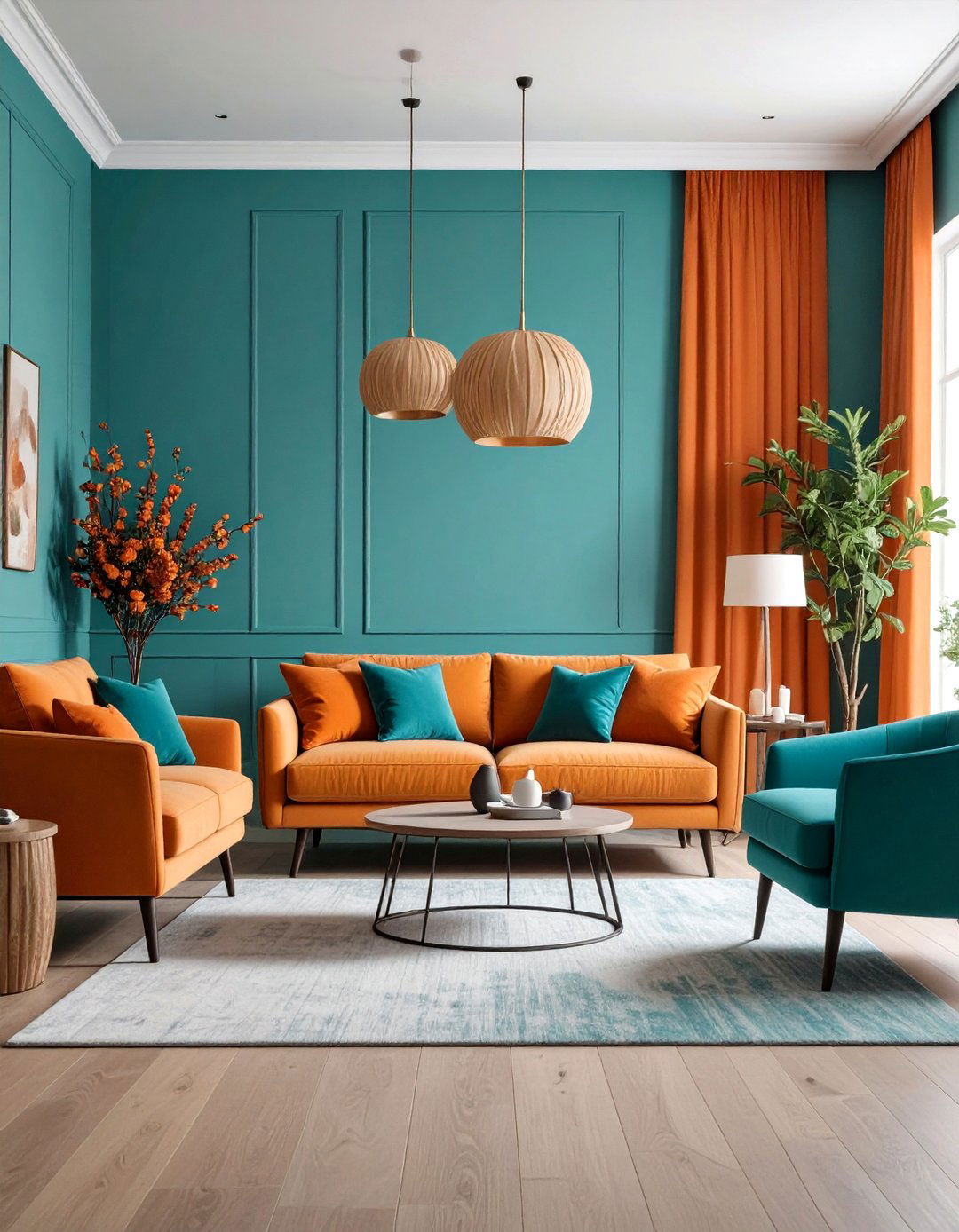
Ground the room with wood or natural-fiber floors, which complement both teal and orange. A neutral jute or sisal carpet offers texture and warmth, while patterned carpets can integrate teal and orange accents for cohesion.
16. Lighting Considerations

Maximize natural light to let teal’s depth and orange’s vibrancy breathe. Layer artificial lighting—warm-toned bulbs for orange accents and cooler LEDs for teal areas—to highlight each hue’s character.
17. Teal and Orange in the Living Room
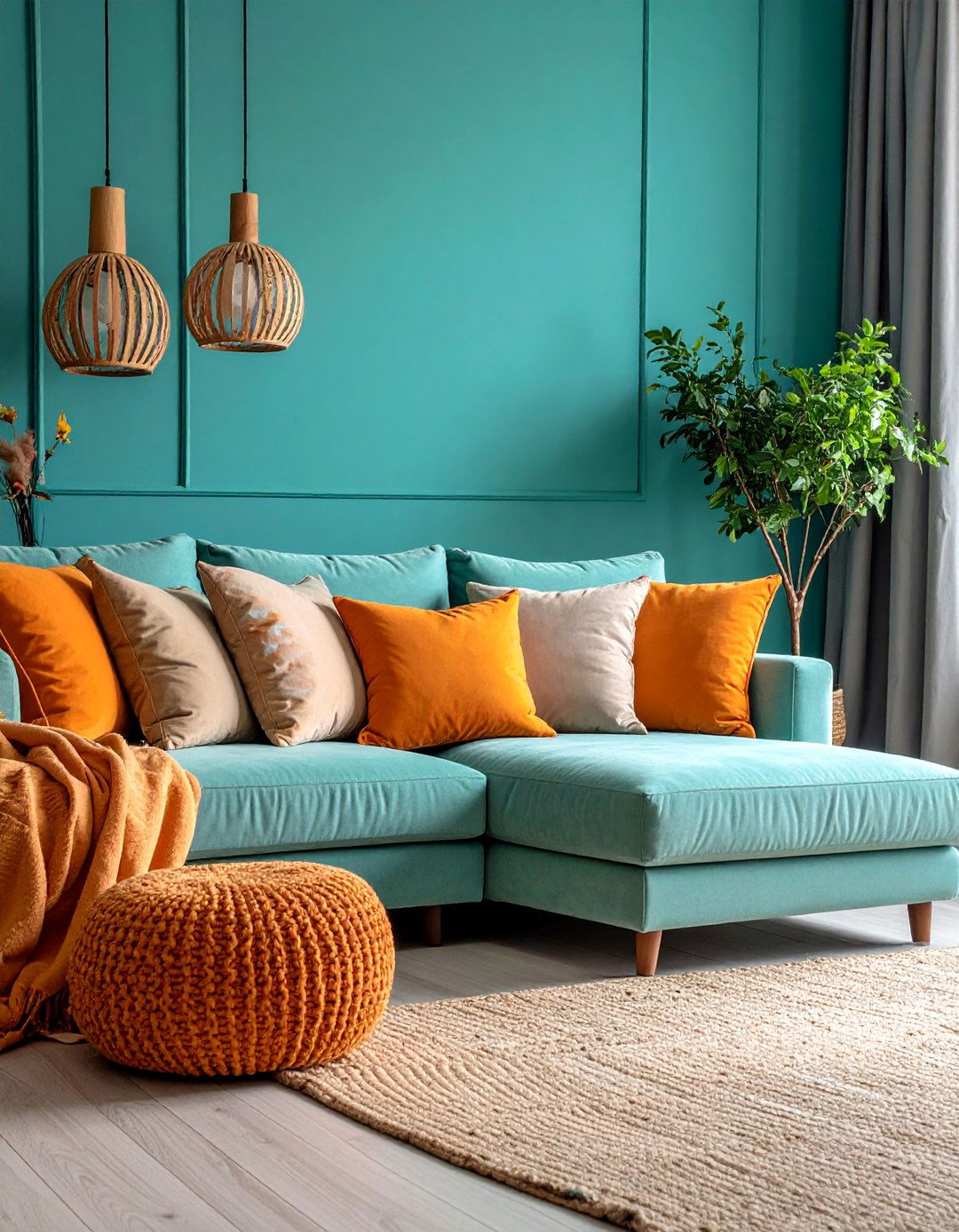
In living areas, paint one wall teal and furnish with neutral sofas spiked with orange pillows. Complement with teal accent chairs and an orange rug to define seating zones and foster lively conversation.
18. Teal and Orange in the Bedroom
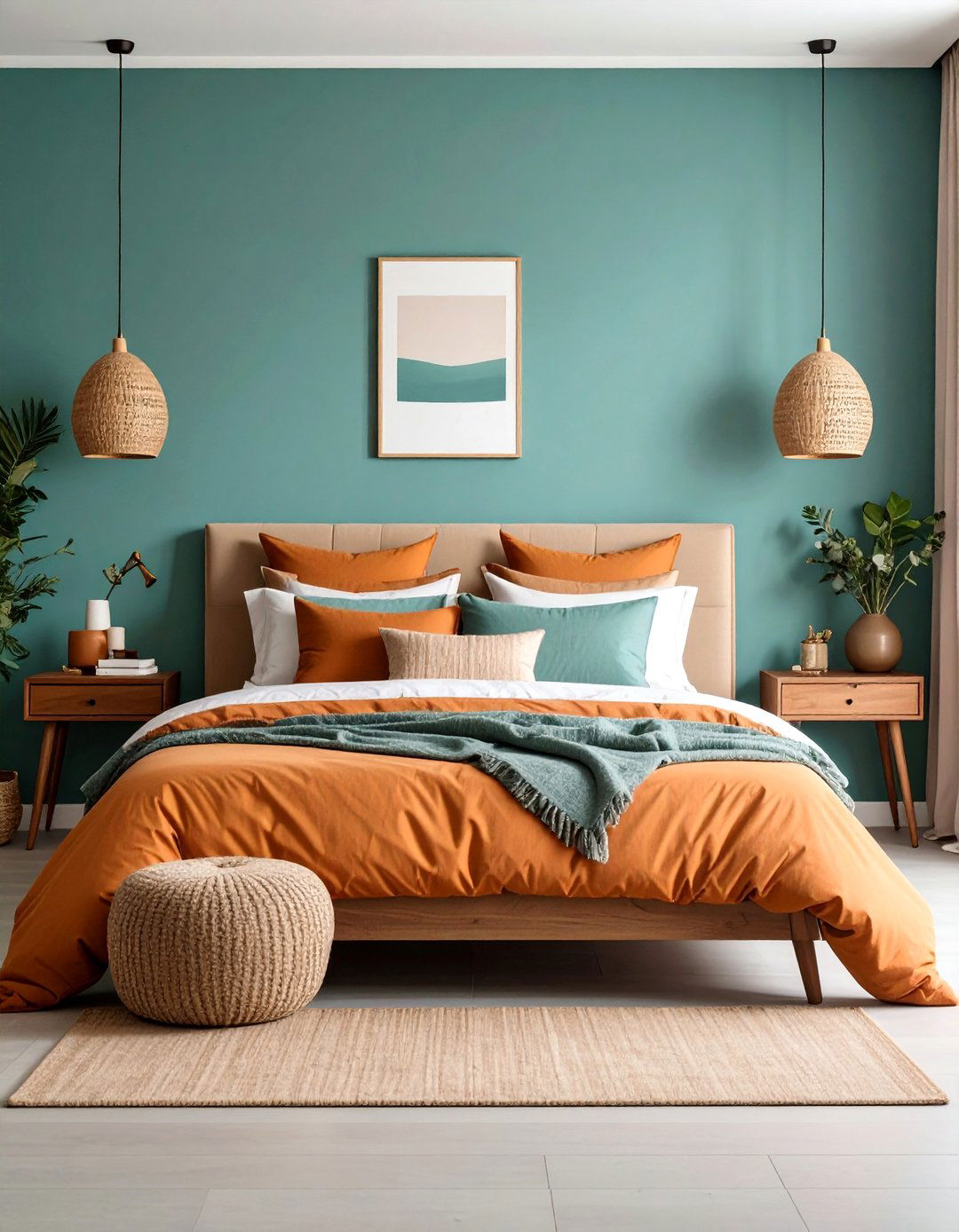
Create a serene bedroom by painting walls a soft teal and layering coral-orange bedding or cushions. Use muted orange bedside lamps and teal drapery to maintain tranquility while adding warmth.
19. Teal and Orange in the Kitchen

Teal cabinets provide a modern twist, paired with orange stools or pendant lights for pops of color. Integrate orange barware and utensils, and consider teal-accented tiles for backsplashes to unify the design.
20. Teal and Orange in the Bathroom
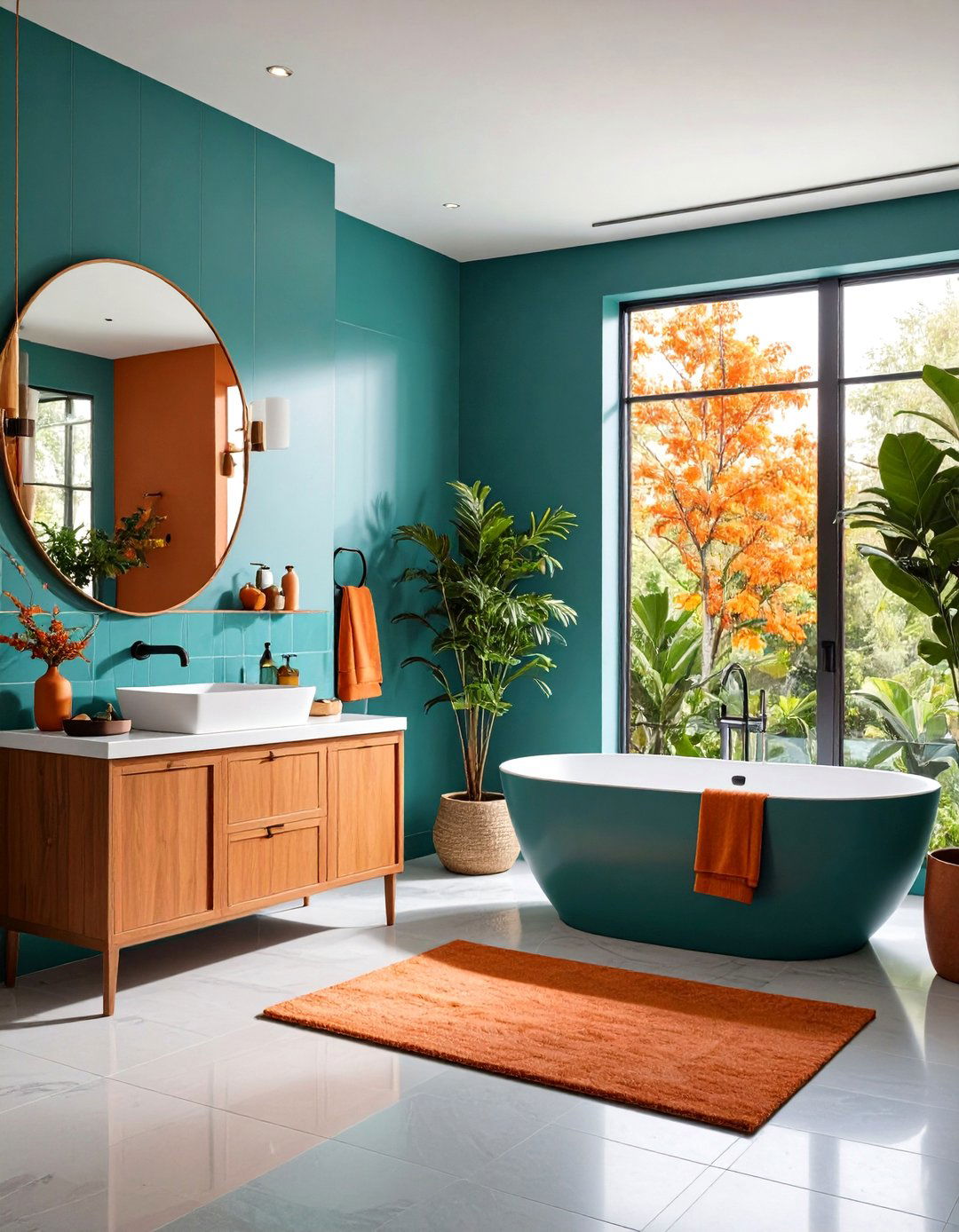
Embrace bold bathroom designs by pairing moody teal walls or tiles with orange towels, bath mats, and artwork. Upgrade fixtures and mirrors for a luxe feel, and consider a fresh coat of rich, moody paint to unify the scheme.
Conclusion:
A teal and orange color scheme offers a dynamic blend of calm depth and vibrant warmth. By understanding the psychology and selecting the right shades, you can highlight teal as a tranquil backdrop and orange as an energizing accent. Balance these hues with neutrals, layer patterns and textures, and adapt the palette to each room’s function. Whether through cabinetry, textiles, or décor accents, this complementary pairing transforms ordinary spaces into visually compelling, mood-enhancing environments.


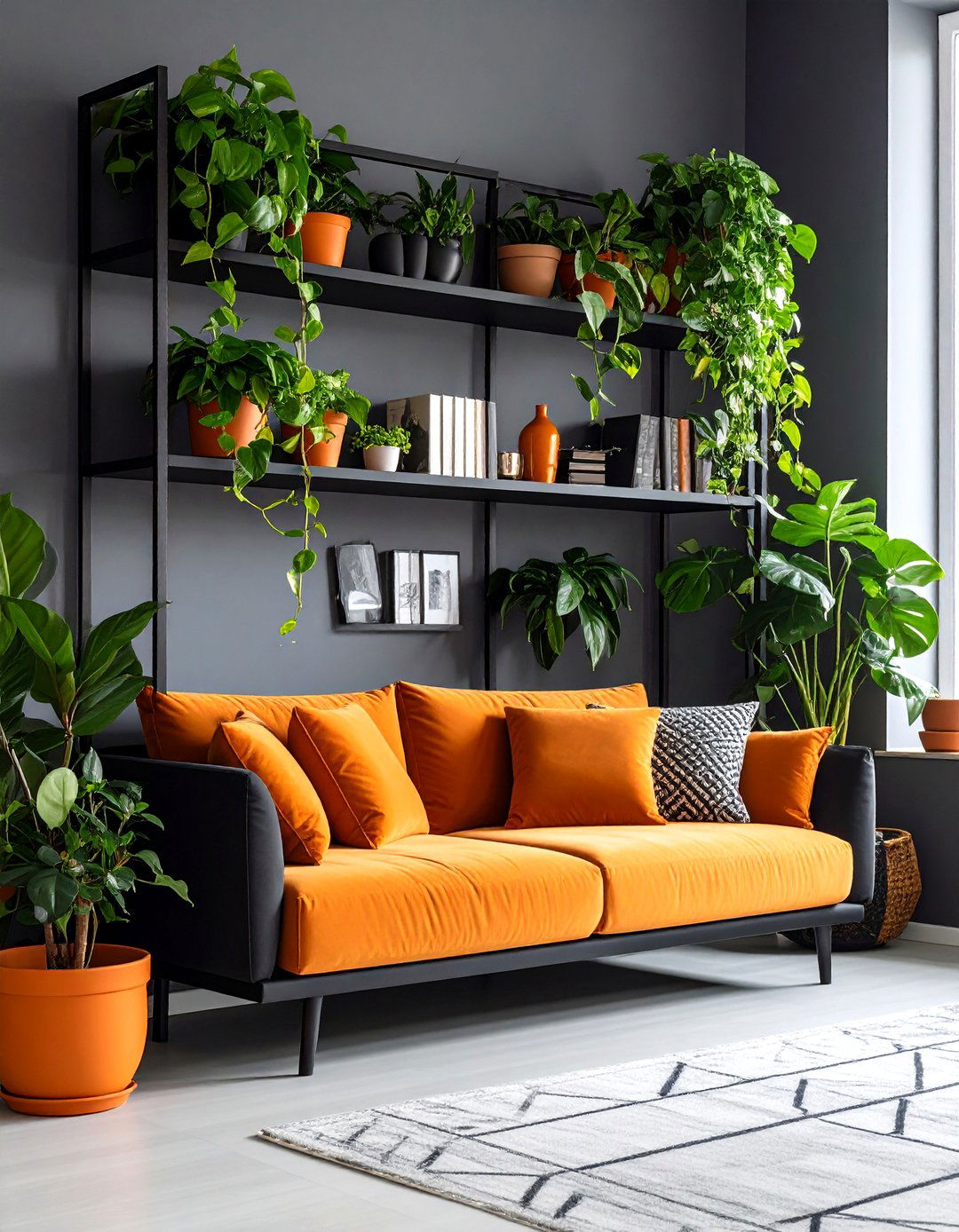



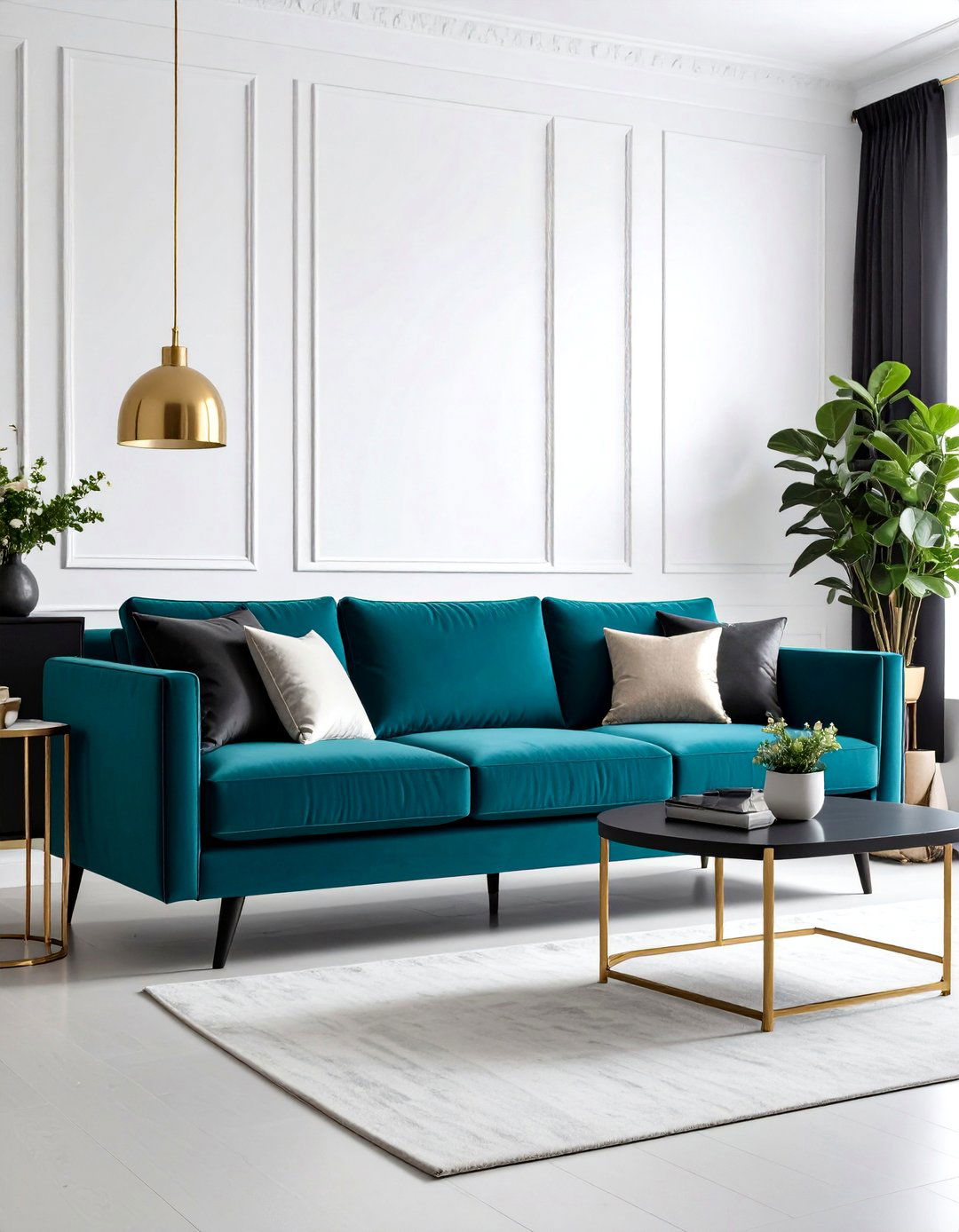
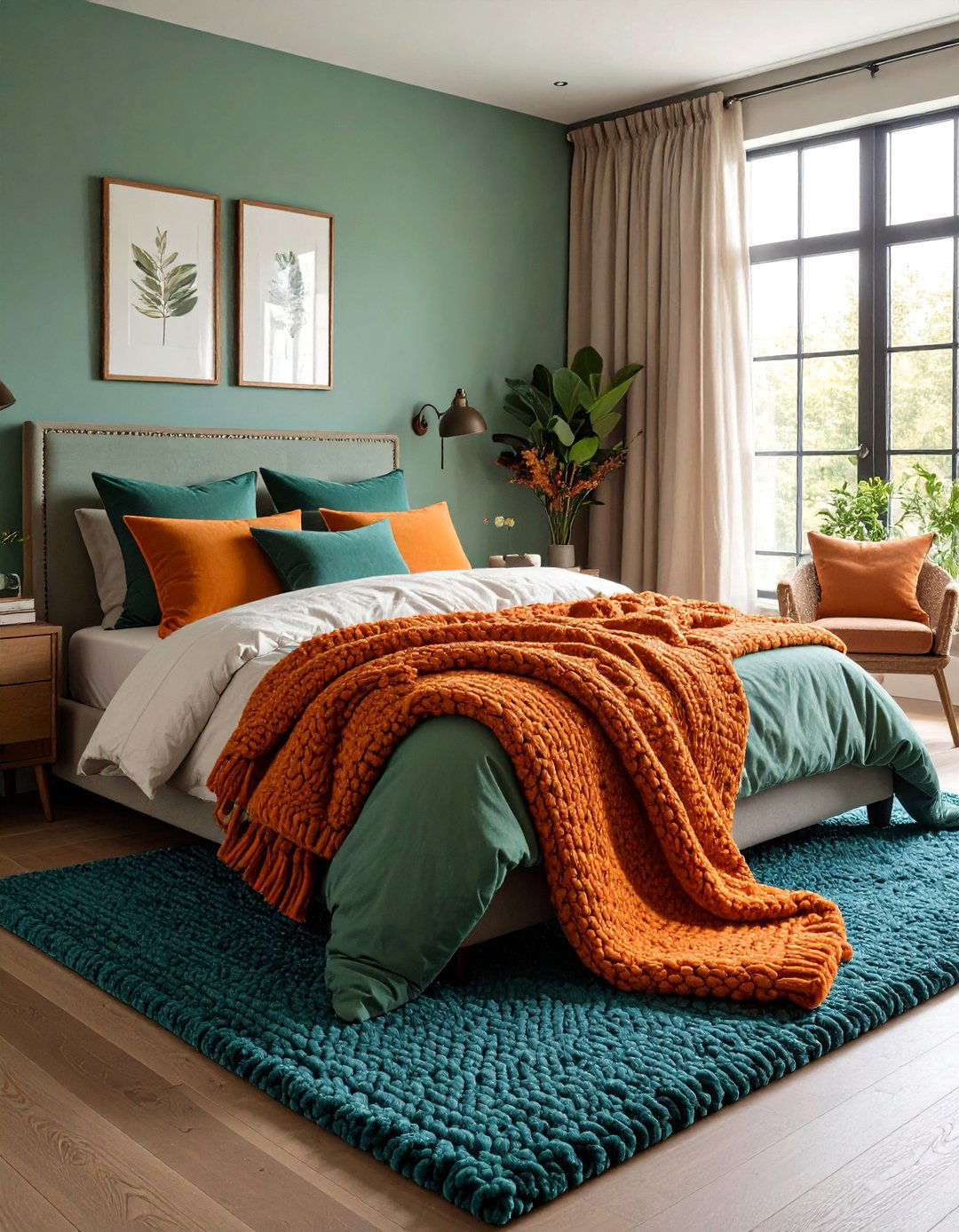
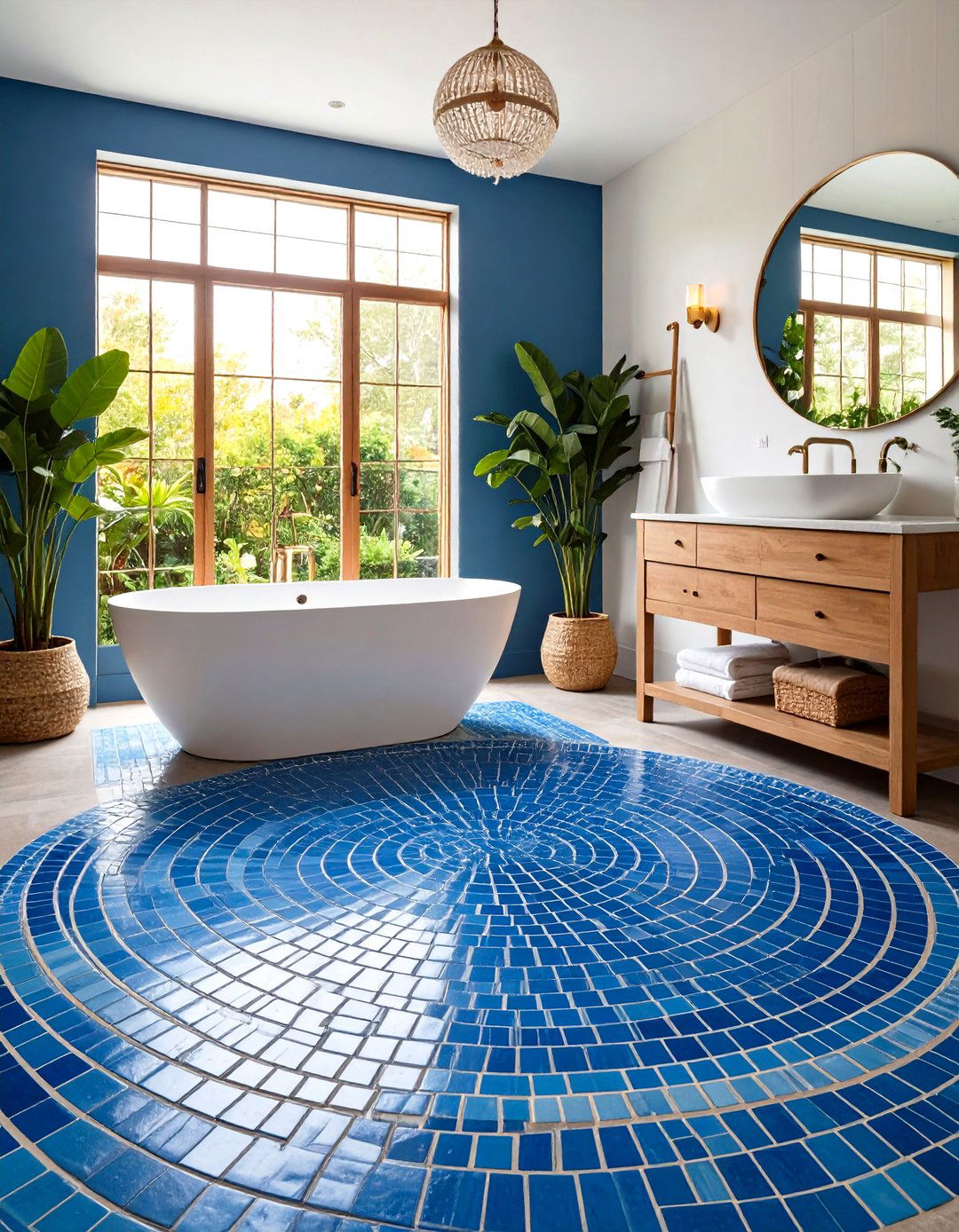

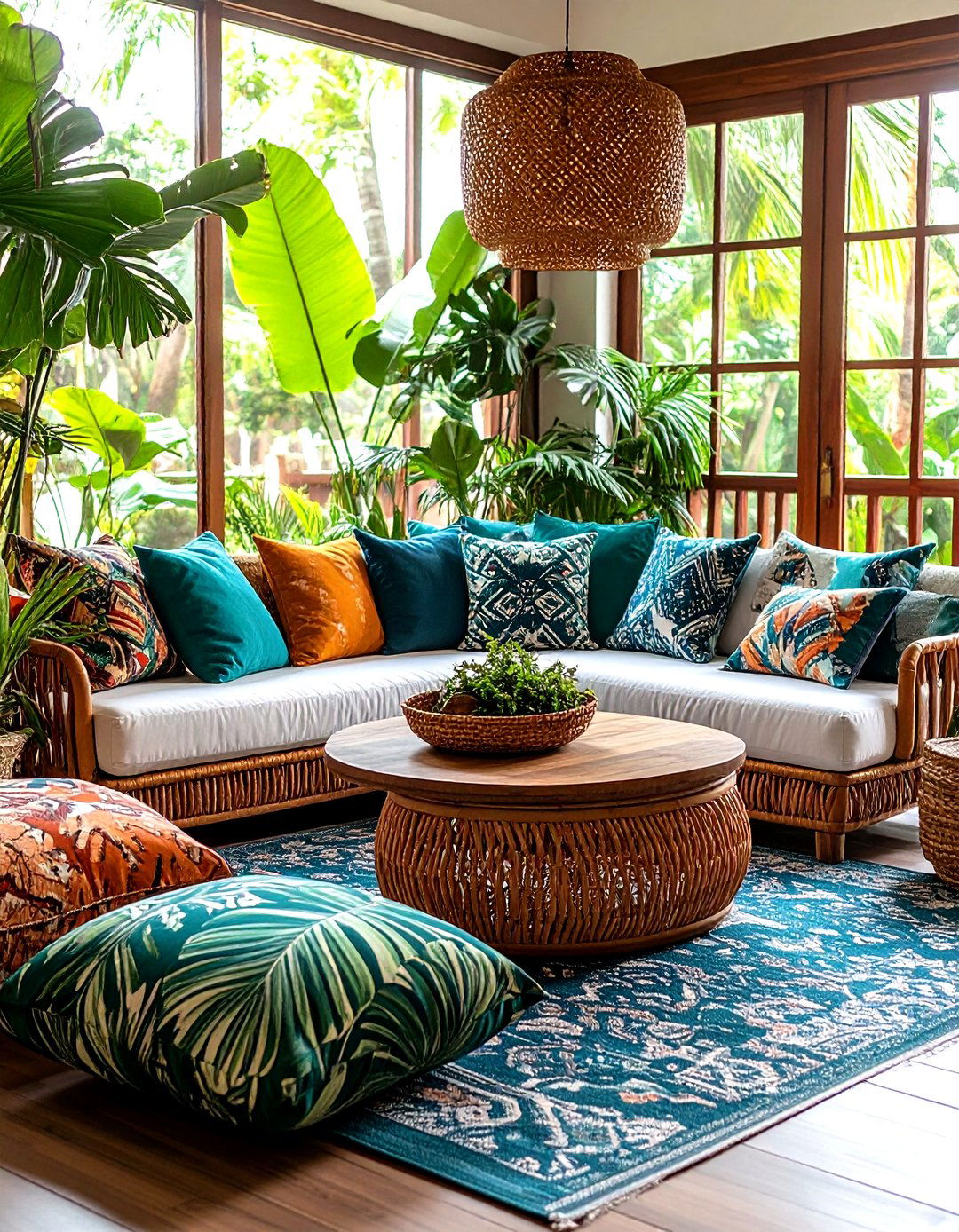
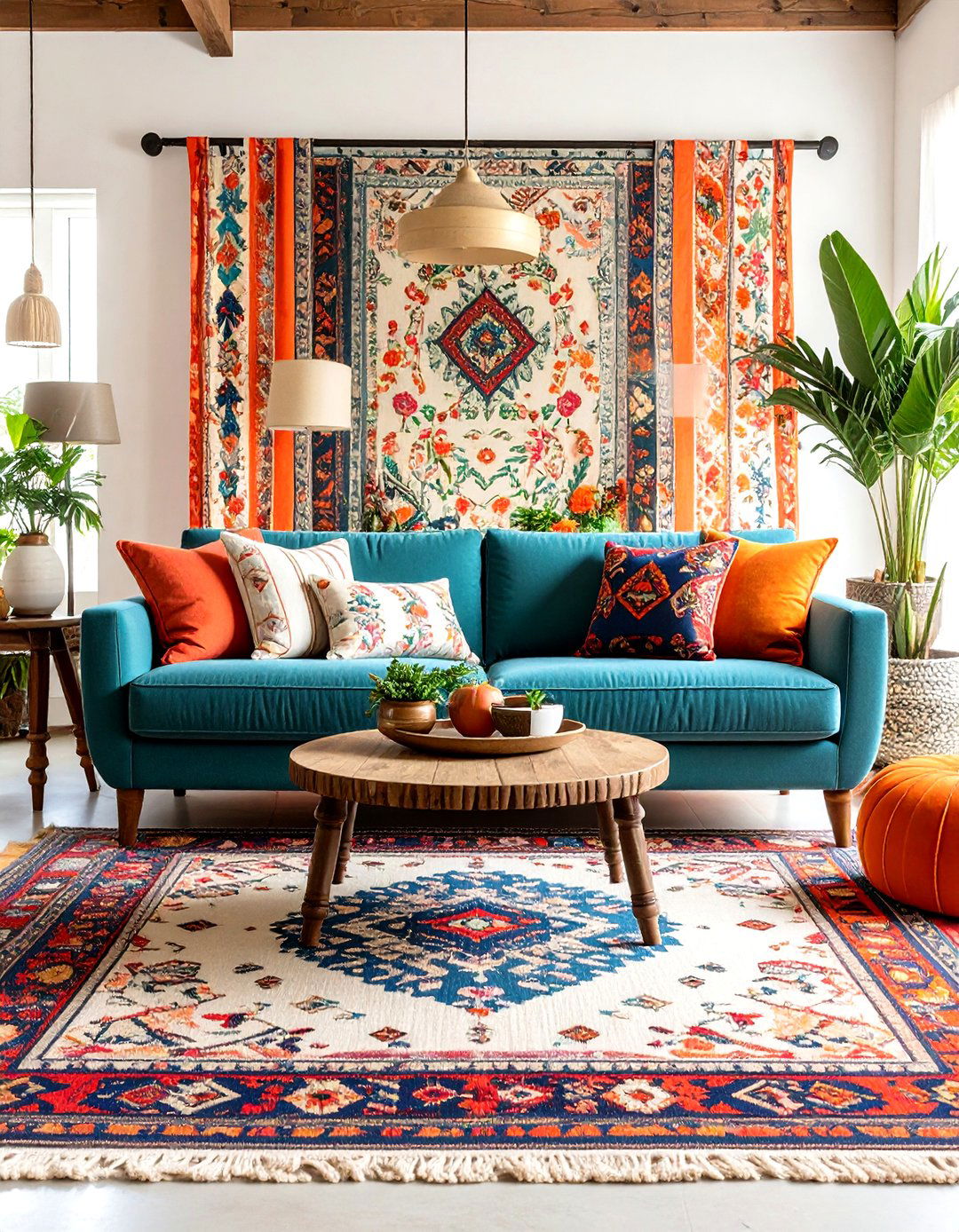
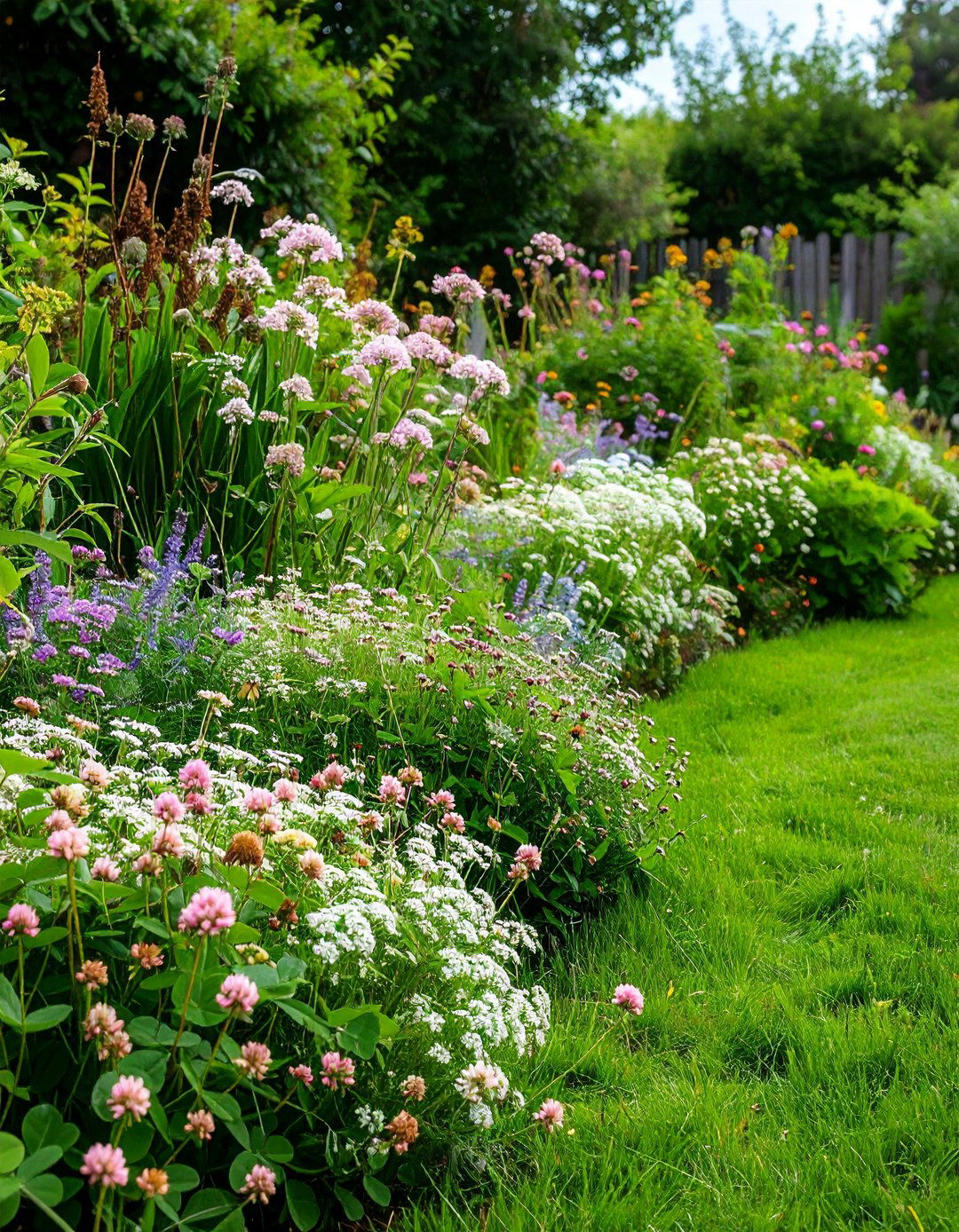
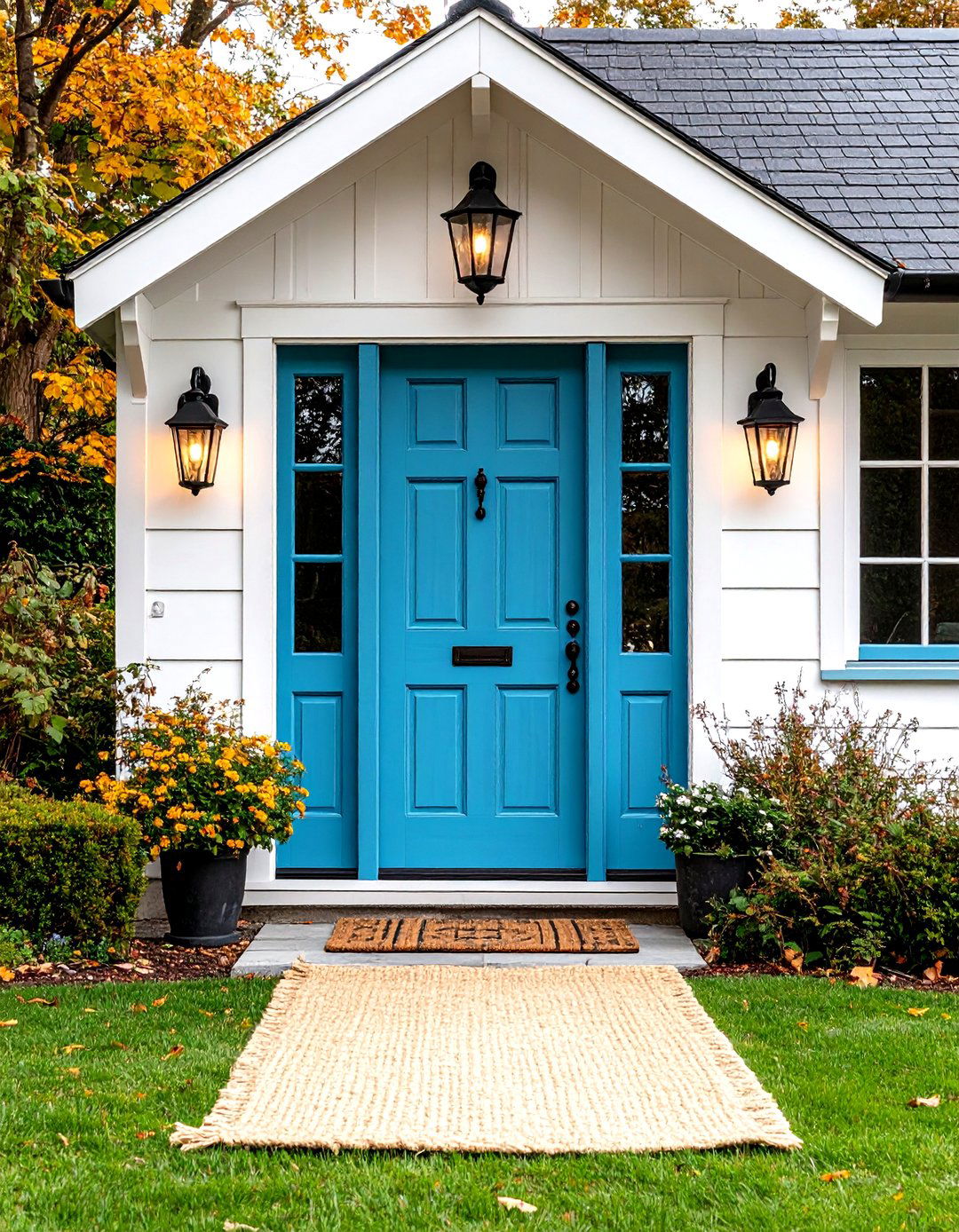
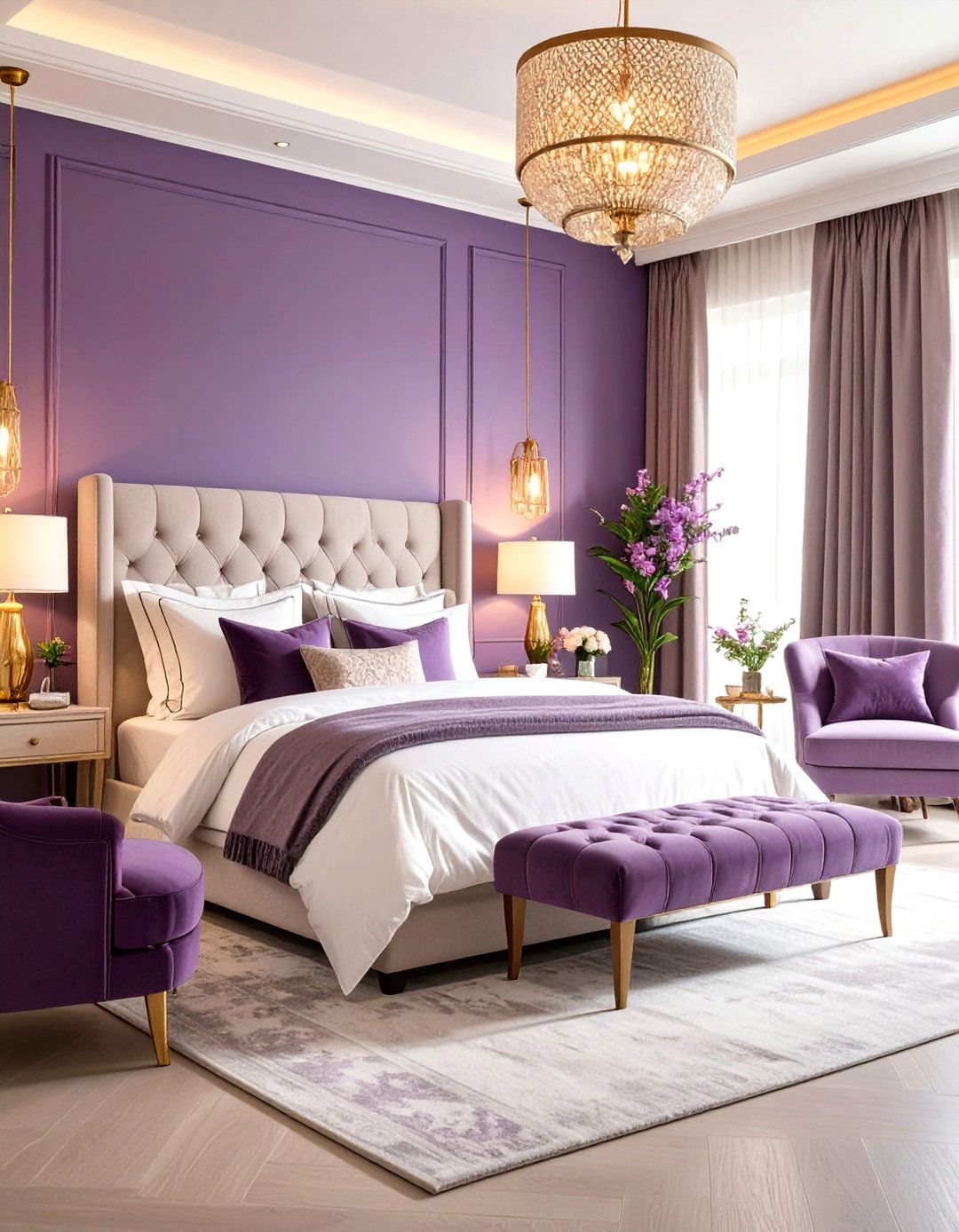

Leave a Reply